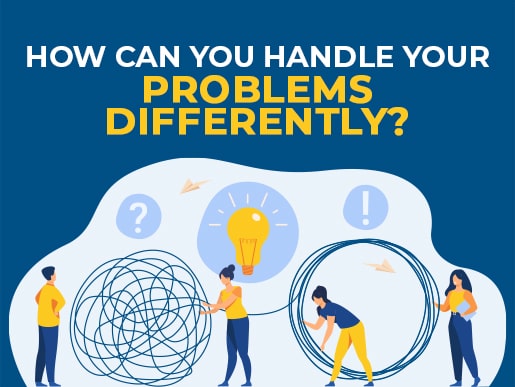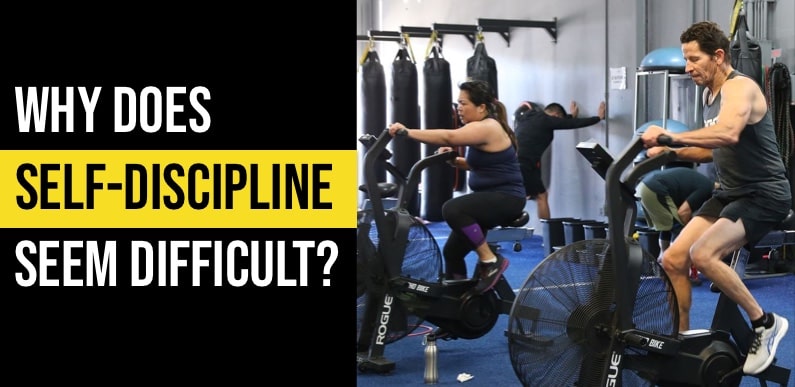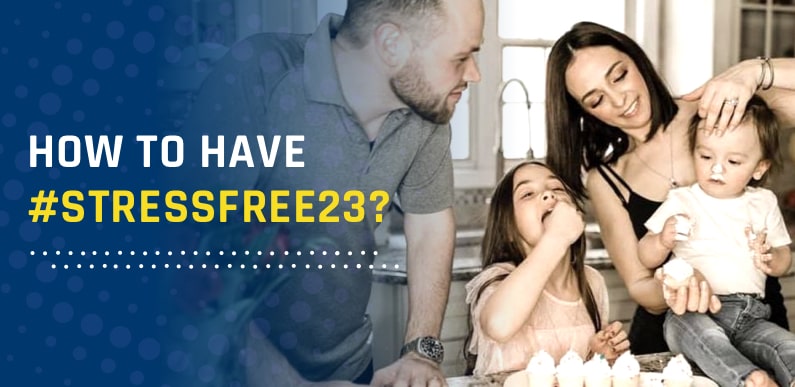People tend to do three things when faced with a problem: they get afraid or uncomfortable and wish it would go away; they feel that they have to come up with an answer and it has to be the right answer; and they look for someone to blame. Being faced with a problem becomes a problem. And that’s a problem because, in fact, there are always going to be problems!
There are two important things to remember about problems and conflicts: they happen all the time and they are opportunities to improve the system and the relationships. They are actually providing us with information that we can use to fix what needs fixing and do a better job. Looked at in this way, we can almost begin to welcome problems!
Here are some steps for an effective problem-solving process.
- Identify the issues.
Be clear about what the problem is. Remember that different people might have different views of what the issues are. Separate the listing of issues from the identification of interests (that’s the next step!).
- Understand everyone’s interests.
This is a critical step that is usually missing. Interests are the needs that you want satisfied by any given solution. We often ignore our true interests as we become attached to one particular solution. The best solution is the one that satisfies everyone’s interests. This is the time for active listening. Put down your differences for a while and listen to each other with the intention to understand. Separate the naming of interests from the list of solutions.
- List the possible solutions (options)
This is the time to do some brainstorming. There may be lots of room for creativity. Separate the listing of options from the evaluation of the options.
- Evaluate the options.
What are the pluses and minuses? Honestly! Separate the evaluation of options from the selection of options.
- Select an option or options.
What’s the best option to balance the problem? Is there a way to “bundle” a number of options together for a more satisfactory solution?
- Write it down!
Don’t rely on memory. Writing it down will help you think through all the details and implications.
Evaluate the importance of your health. What is the problem? You don’t have a gym? Okay, then write down your options then evaluate the importance of your health to you.
The FNS Online Training Platform has short circuits to full on sessions for you to use. If videos are not your thing that is okay. Go for a walk! Go for a run! Go biking! Simply get your body moving!
Check out the FNS ONLINE Training Center for your Daily Inspiration, Focus, Nutrition and Workouts of the Day by clicking on the link below.
You can also visit https://fns360.com/category/mindset/ to read similar blogs






